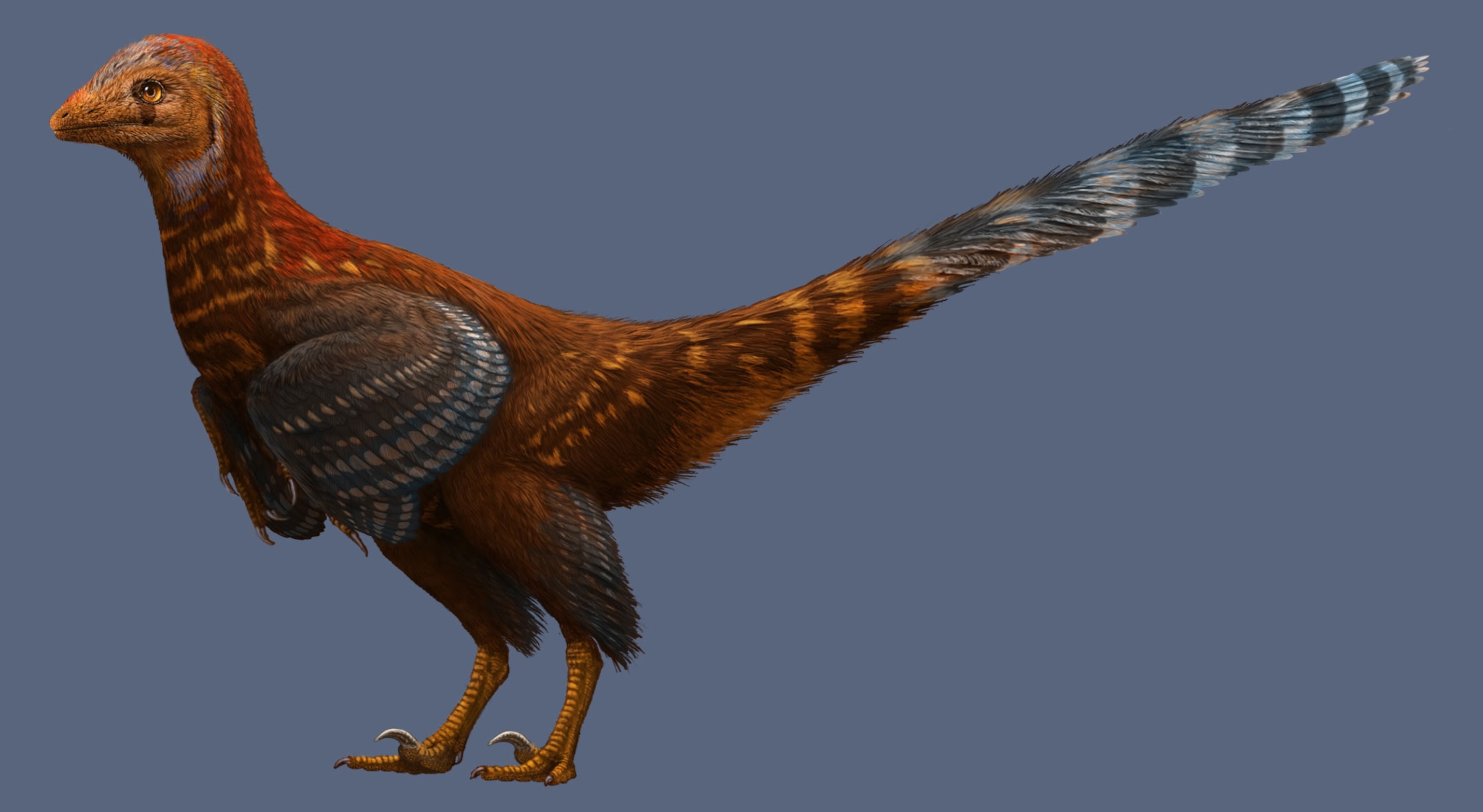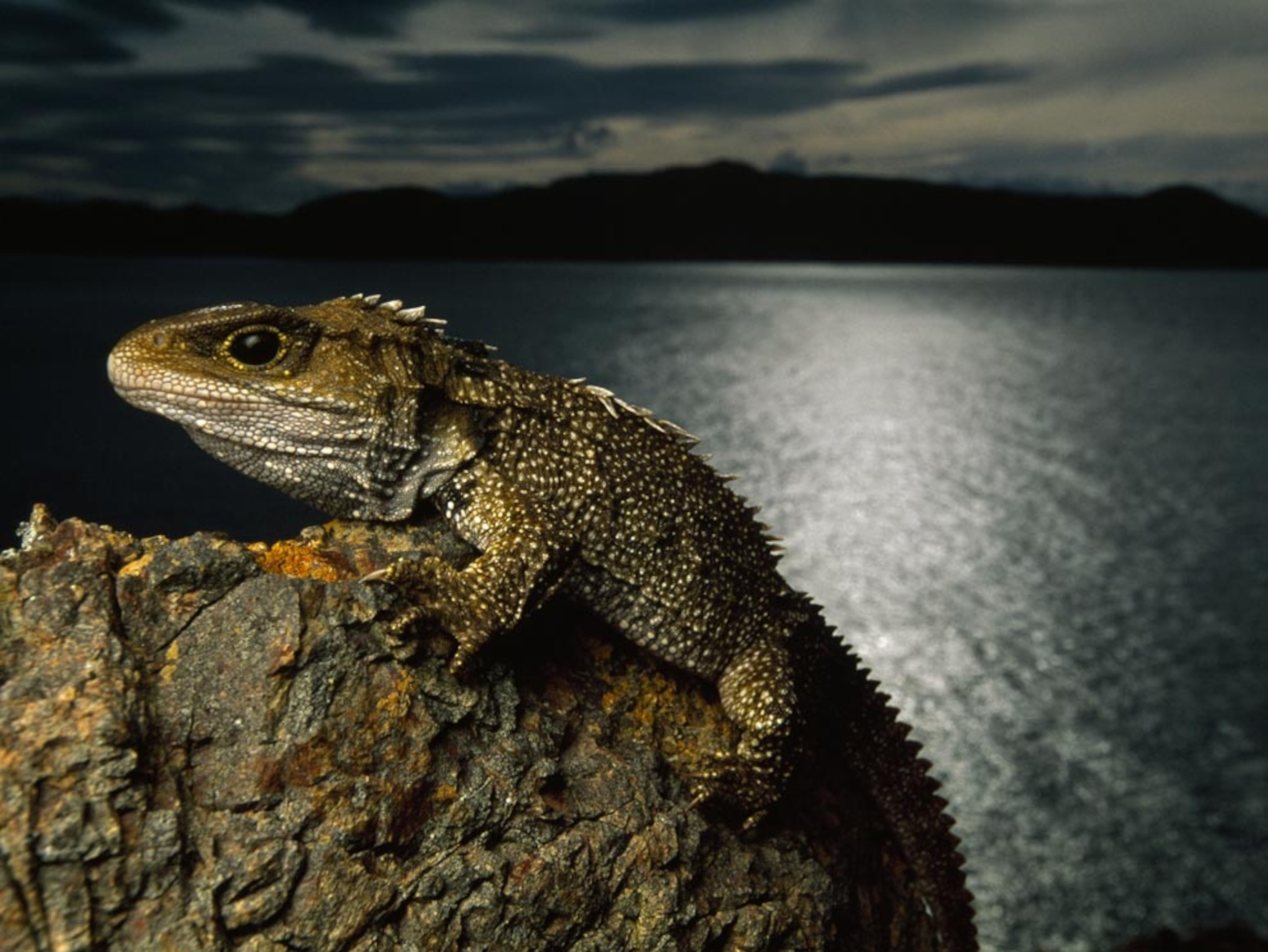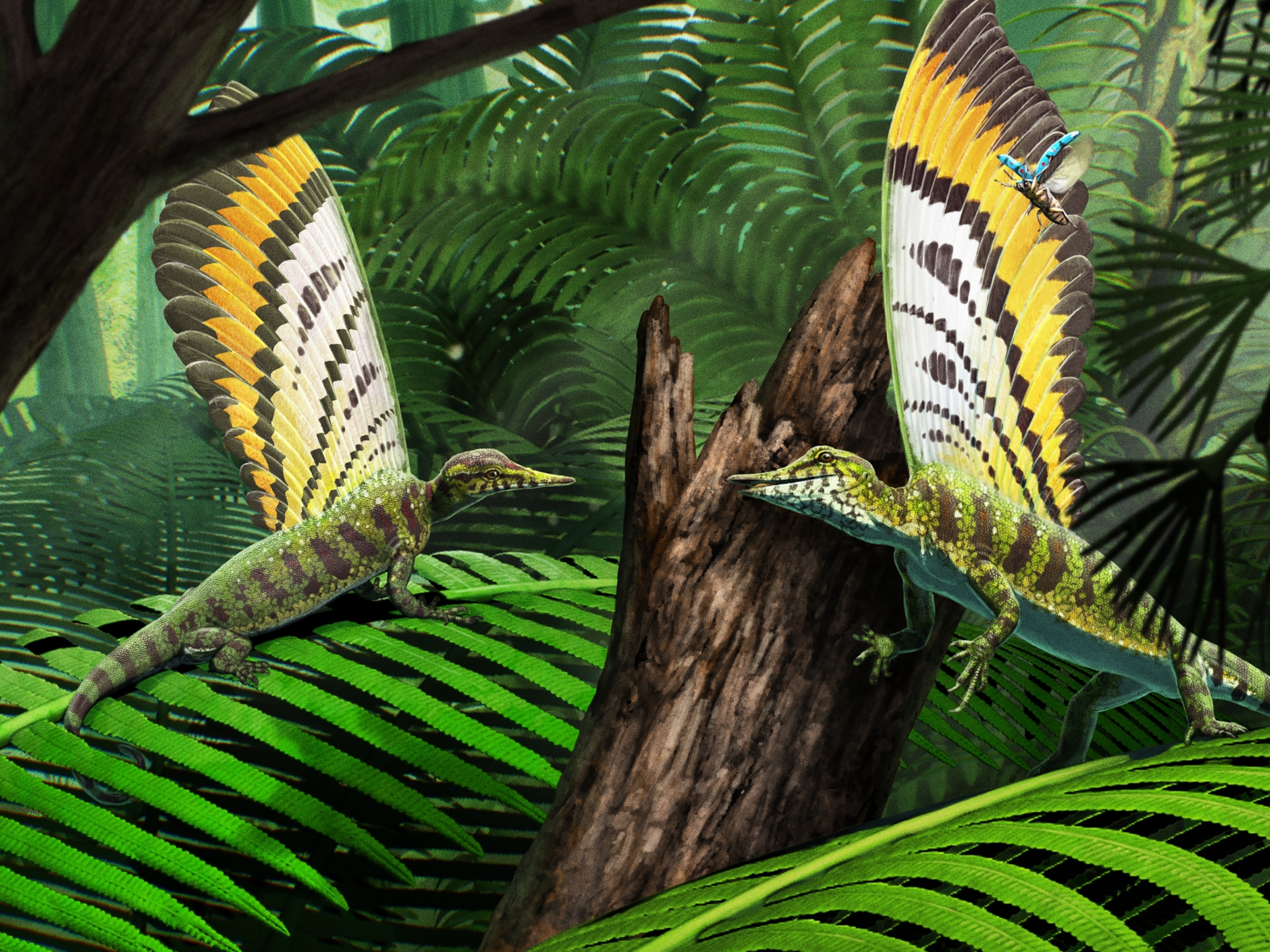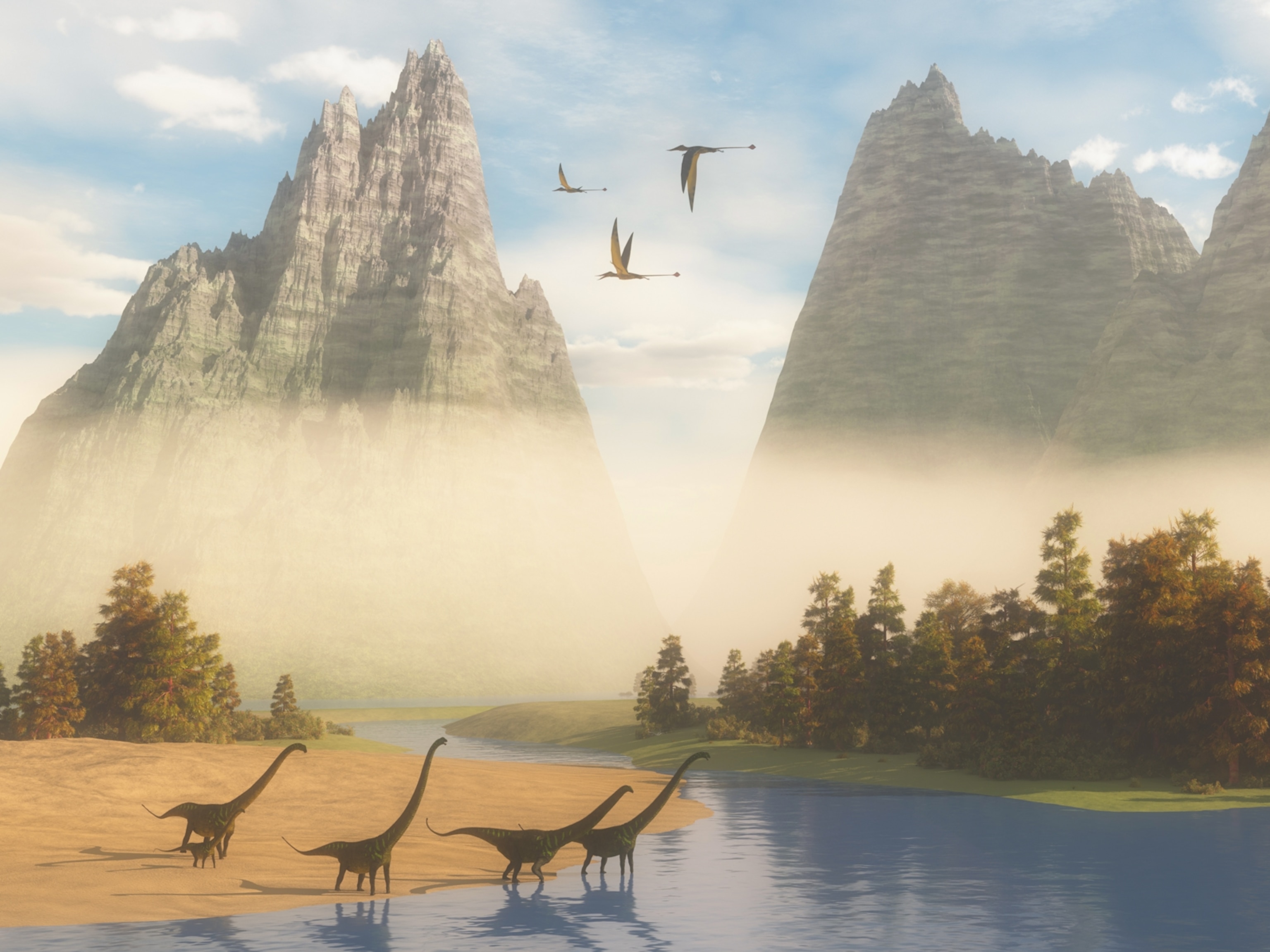
New Birdlike Dinosaur Had Modern Feathers
A study of a well-preserved fossil pushes back the origin of the hardware for flight.
In its time, about 125 million years ago, it must not have seemed remarkable. Jianianhualong tengi was just over three feet long and weighed about as much as a Chihuahua—hardly a match for many of its Cretaceous contemporaries.
But a recent study of this diminutive dinosaur could have an outsized impact on scientists’ understanding of how feathers evolved.
Unearthed in Lioaning, China, the well-preserved fossil represents a new species of troodontid, a family of bird-like dinosaurs. The area in which it was discovered—the Jehol Group, a range of Cretaceous fossils famous for their biodiversity and preservation of stunning detail—has yielded a host of new species in previous years.
What makes Jianianhualong tengi stand out is its asymmetrical feathers, which have long, stiff quills and barbs that are longer on one side than the other.
“It is widely accepted that feather asymmetry is important for [the] origin of bird flight,” e-mails Xu Xing, a paleontologist at the Chinese Academy of Sciences who co-led this study. “And now we can demonstrate that this feature has a wide distribution outside the bird family.”
Birds of a Feather
The landmark 1861 discovery of Archaeopteryx, another kind of bird-like dinosaur, was the first clue that dinosaurs might have been more downy than scaly. Subsequent discoveries have reinforced paleontologists’ understanding that feathers weren’t just for the birds. Feathers offered evolutionarily advantages such as insulation, camouflage, display, and flight support (for some), and were likely a feature of all dinosaurs, even Tyrannosaurus rex. (Read "This Is Our Best Look Yet at a Tyrannosaur's Face")
But not all feathers are created equal. Early ancestors of birds evolved feathers before they were capable of flight, and even the presence of feathers associated with flight—for example, the asymmetrical feathers found on this new species—doesn’t mean that an animal could actually fly.
Could Jianianhualong tengi get off the ground? Probably not.
“It is extremely challenging to accurately reconstruct aerodynamic capabilities in early fossil birds and bird-like dinosaurs, because there is a lot of missing data to deal with,” says Michael Pittman, a paleontologist at the University of Hong Kong and an author of this study, in an e-mail.
The asymmetrical feathers on the new species suggest that it got at least some aerodynamic boost, Pittman says, but in some dinosaur species this may have translated to longer leaps, slowing descents, or other nimble escapes from predators and pounces upon prey.
“However, at this time we don't have enough information to say whether the animal could fly or glide,” Pittman adds.
The holotype, or original example, of this species is available for public display and scientific study at a museum in Dalian, China. The study authors took careful note of its skeletal features, comparing them to other troodontid specimens and scanning the fossilized remains using a laser-based imaging technique that’s helping paleontologists see new details in fossils. (Read "First Dinosaur Tail Found Preserved in Amber")
The researchers found asymmetrical feathers on the specimen’s tail, but believe it’s likely that the long feathers of the arms and legs were asymmetrical as well.
All in the Family
Finding asymmetrical feathers doesn’t just reveal a new bit of flight history; it also sheds new light on the relationship between bird-like dinosaurs and the first birds.
The newly found species is part of a group called troodontids, which in turn is part of a bigger group that included all birds, living and extinct. The new species’ skull and legs are more similar to later species of troodontids, but its arms and pelvis are more similar to early species—a discovery that suggests some features evolved faster than others.
It’s not the mere presence of asymmetrical feathers that make Jianianhualong remarkable—the famous Archaeoptyerx and the four-winged Microraptor, which belong to other branches of the parent group of troodontids and birds, also have asymmetrical feathers.
But finding asymmetrical feathers in a species that holds Jianianhualong’s unique place in the phylogenetic tree suggests that such feathers might be present in the common ancestor of both birds and troodontids—placing this link further back in the tree than previously thought, to about 160 million years ago.
Ryan Carney, a paleontologist and National Geographic grantee who was not involved with the study, points out that incorporating feather shape into studies of evolutionary relationships is a critical step, often passed over.
“Knowing that the closest common ancestor of birds had asymmetrical feathers is extremely exciting,” says Pittman.
The scientists hope to find more feathered species, and to take a second look at known species, to understand how asymmetrical feathers evolved—and whether or not this evolution had its roots in flight.
















